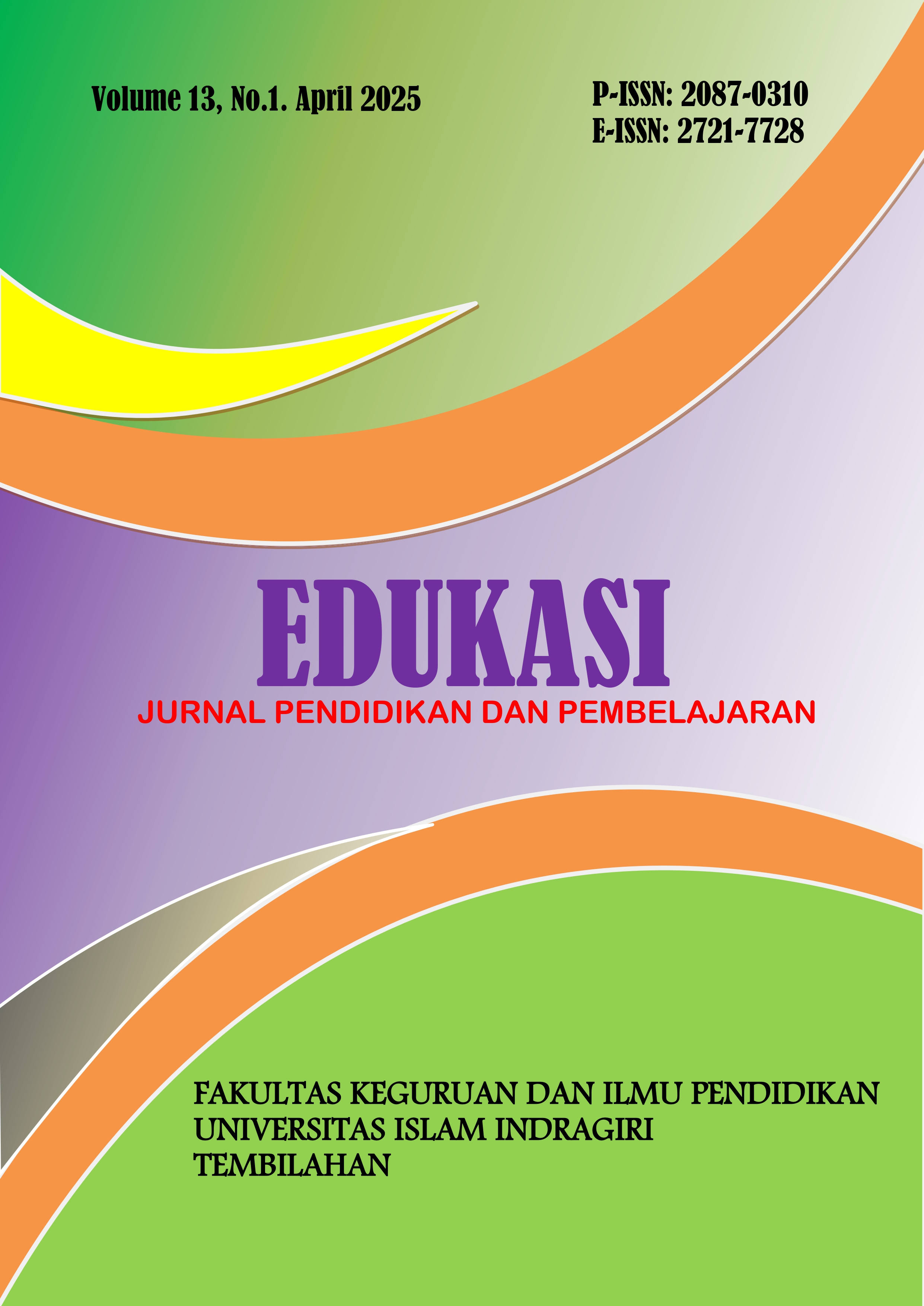Clause Structure And Distribution Changes: A Translation Analysis Of Adjective Clauses In The Kite Runner
DOI:
https://doi.org/10.61672/judek.v13i1.2926Keywords:
Adjective Clause, pragmatic adaptation, syntactic change, semantic shift, translation strategyAbstract
This study analyzes the translation of English adjective clauses into Indonesian in The Kite Runner by Khaled Hosseini (2003) and its translation by Berliani M. Nugrahani (2008). Using Chesterman's (2000) translation strategies framework, this descriptive analytical study explores how syntactic, semantic, and pragmatic translation strategies are applied to adapt complex English grammatical structures to Indonesian. The study focuses on identifying the strategies employed—such as literal translation, transposition, unit-shift, synonymy, antonymy, and cultural adaptation—and evaluating their effectiveness in preserving the meaning of the source text while ensuring accuracy, readability, and fluency in the target text. The findings show that syntactic strategies, including literal translation and transposition, were commonly used to accommodate the structural differences between the two languages, while semantic and pragmatic strategies were employed to enhance readability and cultural relevance. The quality of the translation was assessed using Nida and Taber’s (1982) principles of dynamic equivalence, with high ratings in accuracy and readability. This study contributes to translation practice by offering insights into effective strategies for translating adjective clauses across languages with divergent grammatical rules and suggests directions for future research on clause translation in various genres.
References
Akhiroh, N. S., Nababan, M., Santosa, R., & Djatmika. (2024). Uncovering intention behind the translation of headlines: a thematic structure analysis. Cogent Arts & Humanities, 11(1). https://doi.org/10.1080/23311983.2024.2386782
Altenberg, E. P., & Vago, R. M. (2010). English Grammar: Understanding the Basics. Cambridge University Press.
Anderman, G., & Rogers, M. (1999). Word, Text, Translation: Liber Amicorum for Peter Newmark. Multilingual Matters.
Armstrong, N. (2005). Translation, Linguistics, Culture: A French-English Handbook. Multilingual Matters.
Canagarajah, S. (2022). Language diversity in academic writing: toward decolonizing scholarly publishing. Journal of Multicultural Discourses, 17(2), 107–128. https://doi.org/10.1080/17447143.2022.2063873
Chesterman, A. (2000). Memes of Translation: The Spread of Ideas in Translation Theory. John Benjamins Publishing.
Creswell, J. W. (2014). Research Design: Qualitative, Quantitative, and Mixed Methods Approaches (4th ed.). SAGE Publications.
Dechao Li, L. (2015). Translation as Communication across Languages and Cultures. Shanghai Foreign Language Education Press.
Duff, A. (1990). Translation. Oxford University Press.
Dunn, V. N. (2007). The Effect of Second Language Instruction on Acquisition of Relative Clauses in the Russian Language. Brigham Young University.
Halliday, M. A. K. (2004). An Introduction to Functional Grammar (3rd ed.). Arnold Publishers.
Hatim, B., & Munday, J. (2004). Translation: An Advanced Resource Book. Routledge.
Hopp, H., Schimke, S., Öwerdieck, D., Gastmann, F., & Poarch, G. J. (2025). Learning via Processing: Structural Priming Across Grammatical Structures and Languages in Early Second Language Development. Language Learning. https://doi.org/10.1111/lang.12711
Hosseini, K. (2003). The Kite Runner. Riverhead Books.
Huddleston, R., & Pullum, G. K. (2010). A Student’s Introduction to English Grammar. Cambridge University Press.
Juliarta, I. M. (2016). English Relative Clauses Found in The Good Earth and Their Translations Into Bumi Yang Subur. Udayana University.
Kruger, H. (2015). A Corpus-Based Study of the Explicitation Hypothesis in Translation Studies. Routledge.
Larson, M. L. (1998). Meaning-Based Translation: A Guide to Cross-Language Equivalence. University Press of America.
Newmark, P. (1988). A Textbook of Translation. Prentice Hall.
Nida, E. A., & Taber, C. R. (1982). The Theory and Practice of Translation. Brill.
Nugrahani, B. M. (2008). The Kite Runner [Indonesian translation]. Mizan Publishing.
Papadakis, N. M., Aletta, F., Kang, J., Oberman, T., Mitchell, A., & Stavroulakis, G. E. (2022). Translation and cross-cultural adaptation methodology for soundscape attributes – A study with independent translation groups from English to Greek. Applied Acoustics, 200, 109031. https://doi.org/10.1016/j.apacoust.2022.109031
Pintado Gutiérrez, L. (2021). Translation in language teaching, pedagogical translation, and code-Switching: restructuring the boundaries. The Language Learning Journal, 49(2), 219–239. https://doi.org/10.1080/09571736.2018.1534260
Roza, V., Melani, M., & Zulfahmi, M. R. Y. (2024). Cross-Cultural Echoes: Exploring Cultural Nuance through Student Translation Practices. Elsya : Journal of English Language Studies, 6(3), 265–277. https://doi.org/10.31849/elsya.v6i3.22410
Wren, P. C., & Martin, H. (1979). High School English Grammar and Composition. S. Chand Publishing.
Yunus, N. A., olde Hartman, T., Lucassen, P., Barton, C., Russell, G., Altun, A., & Sturgiss, E. (2022). Reporting of the Translation Process in Qualitative Health Research: A Neglected Importance. International Journal of Qualitative Methods, 21. https://doi.org/10.1177/16094069221145282
Zlatnar Moe, M., Južnič, T. M., & Žigon, T. (2021). Who determines the final version? The roles of translators, language revisers and editors in the publishing of a literary translation. Across Languages and Cultures, 22(1), 14–44. https://doi.org/10.1556/084.2021.00002







